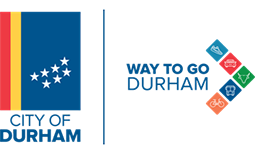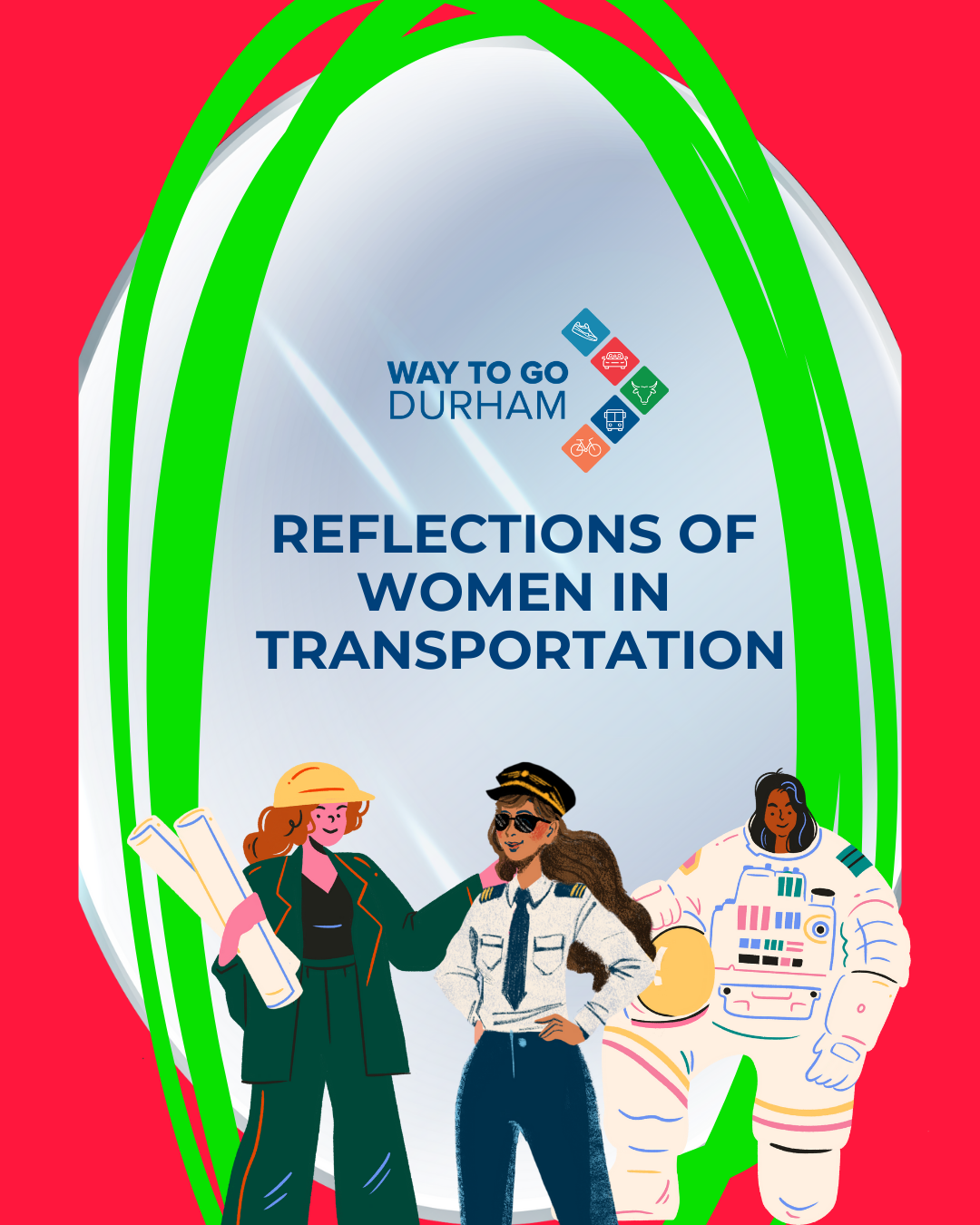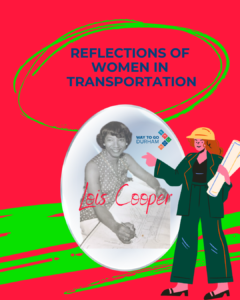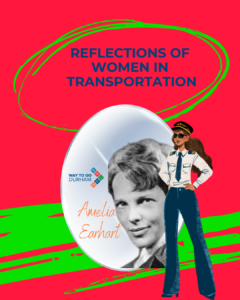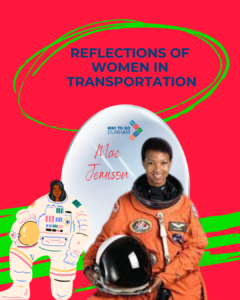The tradition of celebrating women’s accomplishments in March began in 1987. A new theme is selected each year to showcase women’s progress globally, with this year’s theme being “Women Who Advocate for Equity, Diversity, and Inclusion.” Honoring this, we are showcasing women who chose to occupy male-dominated spaces and pave the way for female leadership in transportation.
Lois Cooper:
Lois Cooper made history as the first African American female transportation engineer to work at the California Department of Transportation. She worked on significant projects throughout her career, including the I-105 Century Freeway, the San Diego Freeway, the Long Beach Freeway, the San Gabriel River Freeway, and the Riverside Freeway. Early in her journey, she was mistaken for a man due to her name when she sought to work at the Department of Agriculture and was denied employment. With persistence, she proved to the world, that women can and will continue to be successful transportation engineers. While gaps still exist for women engineers in transportation, significant progress has been made. According to reports, almost 20 percent of transportation engineers in the United States are women. In our department, we are proud of the five female Professional Engineers on our team.
Amelia Earhart:
Amelia Earhart is recognized as an American Aviator and the first woman to fly alone over the Atlantic Ocean, which she accomplished in 1928. At high altitudes and with a bird’s eye view, Amelia saw an opportunity to use her admiration for flying to create space for more women to see themselves as pilots. She worked odd jobs to finance her pilot lessons, including photography and truck driving. She was afforded numerous opportunities to explore flying, but only as a passenger. The feeling of being “less than” because of her gender fueled her to work even harder to showcase her flying abilities and lead a significant solo trip. Making a name for herself, she hoped her influence would dismantle negative stereotypes about women in aviation. Despite a 71 percent increase in women in aviation over 20 years, only four to six percent of pilots are women. Work is still needed to create more space for female representation in the airline industry, but thanks to pioneers like Amelia, women are viable candidates for the job.
Mae Jemison:
Mae Jemison is celebrated for being the first African American woman in space. With a passion for science since childhood, she fulfilled her curiosity by earning a degree in chemical engineering in 1977 and her medical degree four years later. After enlisting in the Peace Corps, she was accepted into the NASA program, where she worked at the Kennedy Space Center in Florida and the Shuttle Avionics Integration Laboratory. In September 1992, Jemison and six other astronauts were sent to space, making 127 orbits around the Earth. In 1993, she created a consulting company to provide learning opportunities to others, promoting science, technology, and social change. Currently, Mae is working to educate the next generation of astronauts and scientists as a college professor, researcher, and advocate for advancements in human space travel. Through her efforts, she proved that women can take up space in every avenue they enter, even the galaxy.
These three women have shown their ability to pave the way for other women to lead the transportation industry. Advocating for Equity, Diversity, and Inclusion starts with self-reflection and identifying the world one wishes to live in. All three women faced hardships in their journeys but persisted in carving a pathway for the next generation of female leaders. Celebrate the women in your life by sharing this article and inspiring them to take up space to ensure more women can lead. Happy Women’s History Month.
